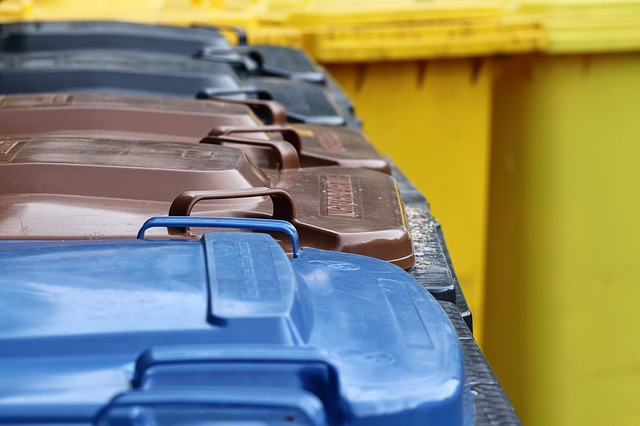If you are compassionate about the earth, you have probably heard about the Zero-Garbage Movement, or living without garbage. This is a movement that constantly points out the evils of disposable products, and ideally produces no trash at all, or tries to recycle the trash that it does produce.
Five steps have been developed that every household should follow. The first step is to reject unwanted items . This includes, for example, drinking beverages in plastic bottles. It is easy to eliminate these products from our lives, and we can even become healthier if we drink only water (for example, from a single glass bottle that will keep for months, if not years).
In the second phase
, we reduce the necessities of life and reject them. For example, because more environmentally friendly alternatives are not available on the market. The third step
isutilization. This includes all products that cannot be rejected or reduced. This includes toothpaste, for example (unless it is a zero waste extremist and they make it themselves). All ingredients must be used and not spilled. All raw materials must be recovered (e.g., the aforementioned toothpaste must be squeezed to the end)
. The final step is recycling. This is everything that cannot be rejected, reduced, or recovered. These materials are dumped into the sorted waste and can be reused. 22] The last step iscomposting. Here, the bio-waste is not floated. This is because it too can be reused.
All household waste can be reduced by bringing your own canvas bagsto the storeand ignoring disposable plastic bags. Another option is to make as many [28] products as possible at home [29] and store them in reusable plastic or glass containers. Finally, one can support the zero waste movement by, for example, not buying products that are unnecessarily packaged in plastic.